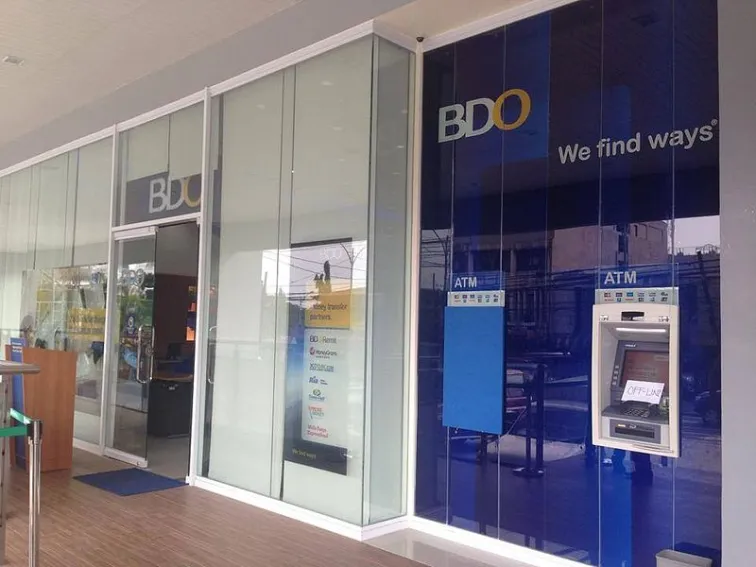
Philippine banks' asset performance metrics to be stable for the next 18 months
Thanks to robust economic growth and low interest rates.
The current stock of legacy problem assets are mostly portfolios of foreclosed properties that were accumulated after the 1997-98 Asian financial crisis and known as “real and other properties acquired” (ROPA).
These assets, according to Moody's, have declined over the past decade through active disposal efforts by way of negotiated sales and public auctions. Further reduction in the ROPA portfolio will be increasingly challenging for the banks as the remaining properties are either more granular or have legal impediments.
Here's more from Moody's:
Our assessment that corporate finances will remain sound for the next 12-18 months will lend direct support to the performance of banks' corporate loans, which account for about 80% of banks' loan portfolios. In line with this financial health, various leading indicators of asset quality, such as the Manufacturing Production Index, the Business Confidence Index, and the Consumer Confidence Index have remained stable.
While asset performance will remain stable in the next 12-18 months, new nonperforming loan formations could edge up as banks continue to rebalance their loan portfolios towards the higher yielding, but riskier, consumer and middle market segments. Loan delinquency ratios tend to be higher for consumer loans than corporate loans.
On the other hand, the banks' real estate loans, which accounted for 22% of gross loans at mid-2017, are a risk to asset quality, despite our assessment that current property prices remain well-behaved overall. The increasing dominance of this sector could leave banks vulnerable to material price declines. Banks typically adopt self-imposed loan/value limits of 70%-80% at origination, which provide some buffer against potential property price corrections.
Another tail risk to asset performance comes from lumpy corporate credit exposures in the system, which reflects the increase in leverage among several large corporate groups in recent years amid low interest rates.
Despite our view that current corporate leverage is manageable, some banks have significant credit concentration to these large corporate groups, which tend to feature complex organization structures and can have multiple operating subsidiaries and cross-holdings in companies. This situation raises the tail risk of a contagion in which the distress experienced by a few weaker entities could escalate to group-level fallouts.
The weaker Philippine peso against the US dollar has had little impact on corporate balance sheet strength and debt serviceability because of the low reliance on foreign-currency financing among corporates. This low reliance partly results from the stringent regulatory measures on foreign-currency activities imposed by the central bank on commercial banks and corporates.
To the extent that such borrowing exists, these liabilities are largely hedged exposures. A large portion of foreign-currency loans are disbursed to borrowers who have foreign-currency revenue streams, such as merchandise exporters, or have foreign-currency deposits placed with the lending banks.




![Lorem Ipsum [ABF 1]](https://cmg-qa.s3.ap-southeast-1.amazonaws.com/s3fs-public/styles/exclusive_featured_article/public/2025-03/a_hand_pointing_to_a_futuristic_technology_5b87c9d0e3_1.png.webp?itok=2w0y1WhS)


![Cross Domain [Manu + SBR + ABF + ABR + FMCG + HBR + ]](https://cmg-qa.s3.ap-southeast-1.amazonaws.com/s3fs-public/styles/exclusive_featured_article/public/2025-01/earth-3537401_1920_4.jpg.webp?itok=WaRpTJwE)







 Advertise
Advertise

